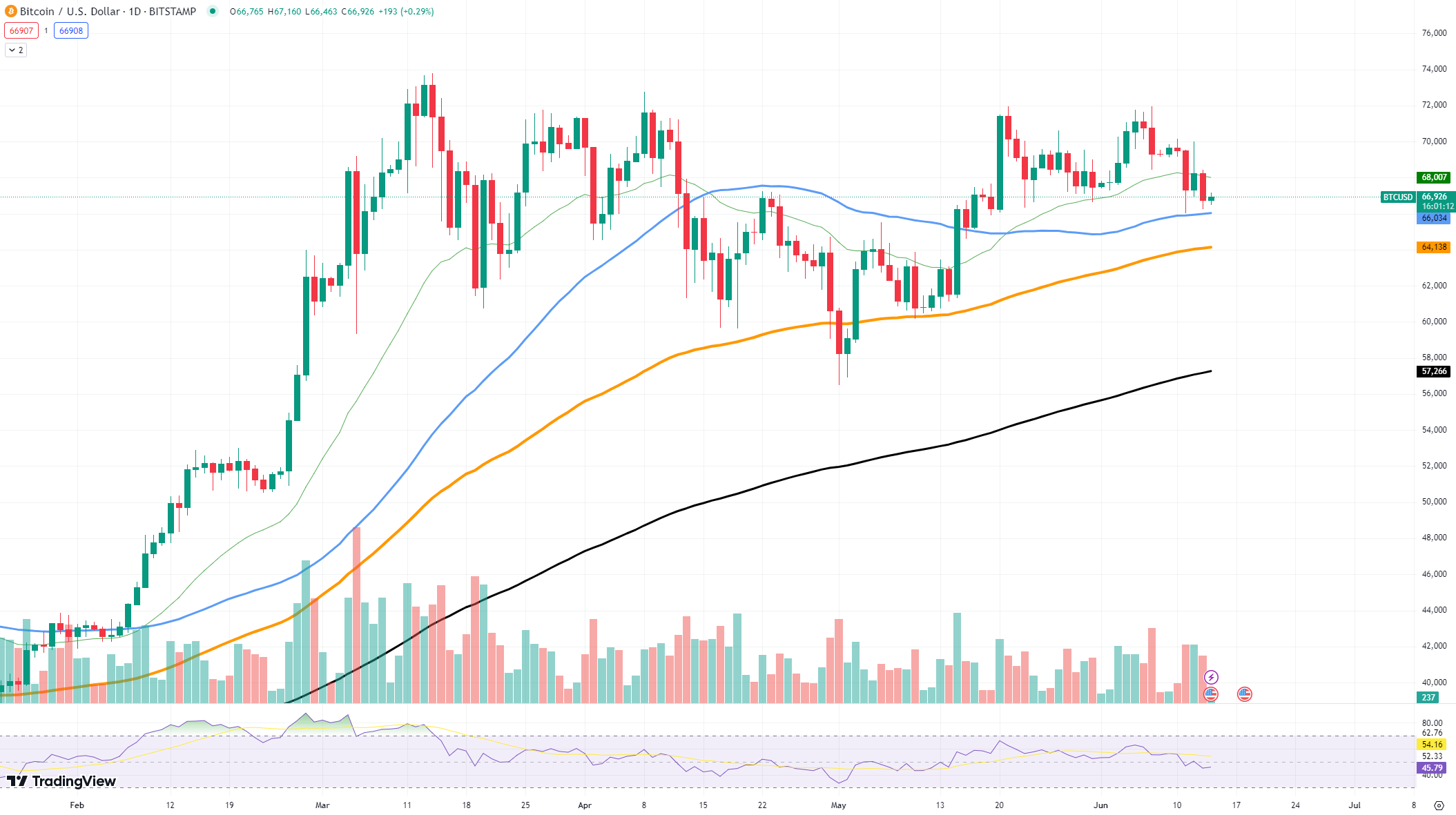
Disclaimer: The opinions expressed by our writers are their own and do not represent the views of U.Today. The financial and market information provided on U.Today is intended for informational purposes only. U.Today is not liable for any financial losses incurred while trading cryptocurrencies. Conduct your own research by contacting financial experts before making any investment decisions. We believe that all content is accurate as of the date of publication, but certain offers mentioned may no longer be available.
The capitulation of Bitcoin miners was not expected on the cryptocurrency market. However, it could have been the perfect solution to the current state of the digital gold. Here's why it could become a fuel for the growth of BTC.
Over the last 18 months, Bitcoin's hashrate has been on an uptrend, which is representative of good security on the network; however, data shows that the trend was breached, indicating that some miners are throwing in the towel or, rather, quitting mining altogether.
Miner capitulation manifests itself through a visible decline in the hashrate, which gauges the processing power dedicated to the mining of Bitcoin.

The chart from CryptoQuant shows a decline in the true hashrate of the network. Otherwise constantly rising, the true hashrate is seeing a decline. From the lower band of the hashrate, we can effectively say that the computational power is on the decline, a deviation from the increase we had seen in the last one and a half years.
This could be due to the increasing cost of operations and lowered profitability for miners, with the halving that did not kick in, in terms of price performance. As the price of Bitcoin continues moving down, it becomes complicated for mining operations to remain profitable in their activities. Obviously, it led to some of the miners switching off their rigs completely, while others reduced their mining activities.
A decline in the hashrate generally leads to a period of readjustment for Bitcoin. Capitulation by miners makes mining difficulty adjust to an easier track for the remaining miners to mine blocks. This adjustment can lend itself to efficiency and even lowering of the costs for active miners.
Major price action has, in the past, appeared after hashrate drops. Miners' capitulation may currently reduce selling pressure. With declining selling pressure, the price of an asset can stabilize and even rise if demand now outweighs supply.

 Dan Burgin
Dan Burgin Alex Dovbnya
Alex Dovbnya Tomiwabold Olajide
Tomiwabold Olajide Denys Serhiichuk
Denys Serhiichuk